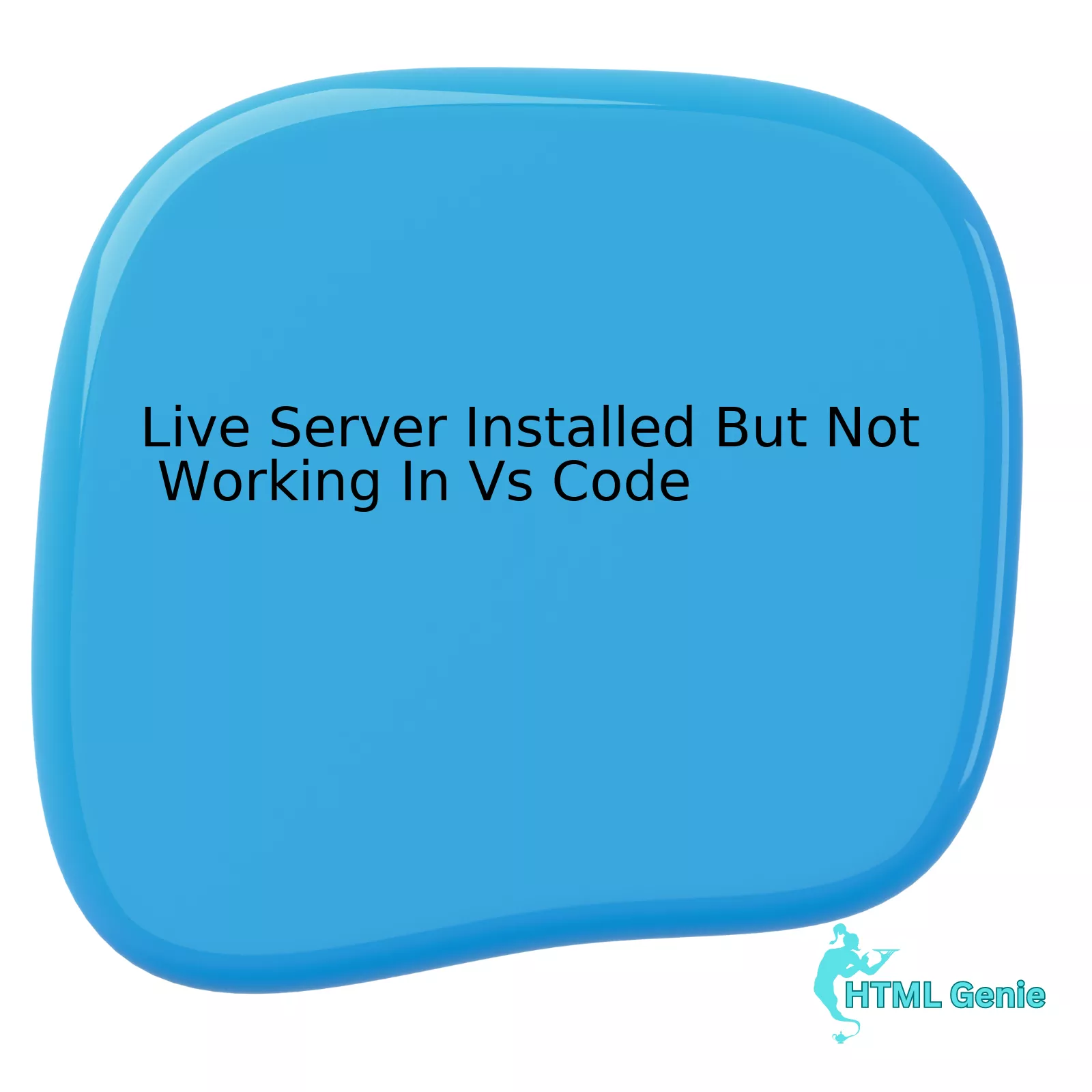Embarking on a journey into the world of Frontend Development is much like exploring a vast, ever-evolving forest. At first, the sheer density of trees, paths, and hidden clearings can seem overwhelming. The foundational trees are the sturdy, reliable structures of HTML, the vibrant foliage and changing seasons are brought to life by CSS, and the dynamic wildlife is powered by JavaScript. This guide serves as your map and compass, a comprehensive HTML CSS Tutorial designed to help you navigate the woods of Web Design with confidence. We will chart a course from the basic principles of document structure to the sophisticated techniques of modern layouts and animations.
Whether you are a novice trailblazer taking your first steps or a seasoned explorer looking to update your maps with the latest landmarks, this exploration will provide you with the knowledge and practical insights needed to build beautiful, functional, and accessible websites. We will delve into core concepts, examine powerful CSS3 Features, and uncover HTML5 Features that have reshaped the digital landscape. Prepare to understand not just the ‘how’ but the ‘why’ behind the standards and practices that define high-quality Web Development today.
The Lay of the Land: Charting the Core Terrain with HTML and CSS
Every expedition begins with understanding the terrain. In Frontend Web development, this means mastering the two core technologies that form the bedrock of every website: HTML (HyperText Markup Language) and CSS (Cascading Style Sheets). They are distinct yet inseparable partners in creating web experiences.
HTML: The Unshakeable Structure of the Web
Think of HTML as the skeleton of a webpage or the very trees and ground of our forest. It provides the fundamental structure and meaning to your content. Without it, you have nothing but a plain text file. The power of Modern HTML lies in its semantic nature. Using the correct HTML Tags and HTML Elements doesn’t just organize your content; it provides context for browsers, search engines, and assistive technologies like screen readers.
A well-formed HTML Structure is the foundation of both Accessibility and SEO. Instead of relying solely on generic <div> elements, Semantic HTML encourages the use of descriptive tags:
<header>: For introductory content or navigational links.<nav>: To contain the main navigation block.<main>: For the primary, unique content of the page.<article>: For self-contained compositions like a blog post or news story.<section>: To group related content.<aside>: For tangentially related content (like a sidebar).<footer>: For the bottom of a page, containing authorship, copyright, or contact info.
Adhering to these HTML Best Practices ensures your site is robust and understandable to all users and systems. This is a cornerstone of the W3C Standards that govern the web.
<!DOCTYPE html>
<html lang="en">
<head>
<meta charset="UTF-8">
<meta name="viewport" content="width=device-width, initial-scale=1.0">
<title>My Web Page</title>
</head>
<body>
<header>
<h1>Welcome to the Woods</h1>
<nav>
<ul>
<li><a href="#">Home</a></li>
<li><a href="#">About</a></li>
<li><a href="#">Contact</a></li>
</ul>
</nav>
</header>
<main>
<article>
<h2>The Main Trail</h2>
<p>This is where the main content of our exploration begins.</p>
</article>
</main>
<footer>
<p>© 2023 Explorer's Guild. All rights reserved.</p>
</footer>
</body>
</html>CSS: Painting the Landscape with Style
If HTML is the skeleton, CSS is the skin, clothes, and personality. It’s the tool that transforms a stark black-and-white document into a visually engaging experience. CSS Styling is applied by targeting HTML elements with CSS Selectors and defining their properties. This separation of concerns—structure (HTML) from presentation (CSS)—is a fundamental principle of modern Web Design.
Modern CSS is incredibly powerful. We’ve moved far beyond simple color and font changes. With features like CSS Variables (custom properties), we can create more maintainable and scalable design systems. For example, defining a primary color palette at the root level allows for easy theme updates.
:root {
--primary-color: #2a623d;
--text-color: #333333;
--background-color: #f4f4f4;
--font-family: 'Helvetica', sans-serif;
}
body {
font-family: var(--font-family);
color: var(--text-color);
background-color: var(--background-color);
line-height: 1.6;
}
h1, h2 {
color: var(--primary-color);
}This simple example demonstrates how CSS Properties can be managed efficiently, a key skill covered in any good CSS Tutorial.
Navigating the Modern Thicket: Advanced Layouts and Responsive Design
The forest of web design has grown more complex with the proliferation of devices. A website must look and function perfectly on a tiny phone, a tablet, a laptop, and a massive desktop monitor. This is the challenge of Responsive Design, and our primary tools for conquering it are CSS Flexbox and CSS Grid.
The Two Great Paths: CSS Flexbox and Grid Layout
For years, creating a complex Web Layout involved clumsy hacks with floats and positioning. Today, we have two purpose-built systems that make Page Layout intuitive and powerful.
CSS Flexbox (Flexible Box Layout) is a one-dimensional layout model. It excels at distributing space along a single axis—either a row or a column. It’s the perfect tool for aligning items in a navigation bar, centering content within a container, or arranging items in a card component. The Flexbox Layout model makes tasks that were once difficult, like vertical alignment, trivially easy.
CSS Grid, on the other hand, is a two-dimensional layout model. It allows you to control the layout in both columns and rows simultaneously, making it the ultimate tool for creating the overall structure of a webpage. A Grid Layout is ideal for everything from a simple photo gallery to a complex dashboard interface. It provides a level of control over the entire page that was previously unimaginable without JavaScript or clunky frameworks.
A good rule of thumb: Use Flexbox for arranging items within a component. Use Grid for the overall layout of the page or a large, complex component.
Adapting to the Environment: Mobile-First and Responsive Design
The philosophy of Mobile-First Design dictates that you should design for the smallest screen first and then progressively enhance the experience for larger screens. This approach forces you to prioritize content and functionality, leading to a cleaner and more focused UX Design. It also often results in better performance, as mobile devices load a simpler, more streamlined version of the site.
The technical implementation of Responsive Design relies on CSS media queries. A media query allows you to apply specific CSS rules only when certain conditions are met, such as the screen width being above or below a certain value.
/* Base styles (Mobile-First) */
.container {
padding: 1rem;
}
.main-content {
width: 100%;
}
/* Tablet and larger */
@media (min-width: 768px) {
.container {
max-width: 960px;
margin: 0 auto;
}
.main-content {
display: grid;
grid-template-columns: 2fr 1fr;
gap: 2rem;
}
}This code snippet demonstrates a common pattern: a single-column layout for mobile that transforms into a two-column Grid Layout on screens 768px or wider. Mastering this is key to creating a truly CSS Responsive experience.
The Living Ecosystem: Frameworks, Tools, and Web Standards
No explorer ventures into the woods without tools. In Frontend Development, our ecosystem is rich with frameworks, preprocessors, and libraries that help us build faster and more efficiently. It’s also governed by important standards that ensure the web remains open and accessible.
Forging Your Tools: CSS Preprocessors and Frameworks
A CSS Framework like Bootstrap, Foundation, or Tailwind CSS provides a collection of pre-written CSS (and sometimes JavaScript) to help you build common UI elements quickly.
- Bootstrap is component-driven, offering ready-made components like buttons, modals, and navbars. It’s excellent for rapid prototyping and building standard interfaces.
- Tailwind CSS is a utility-first framework. Instead of pre-built components, it provides low-level utility classes (e.g.,
.pt-4for padding-top,.flexfor display: flex) that you compose directly in your HTML. This offers immense flexibility and avoids the “Bootstrap look.”
CSS Preprocessors like SASS or LESS are tools that extend the functionality of standard CSS. They introduce features like variables (before they were native), nesting, mixins (reusable blocks of styles), and functions. You write in the preprocessor’s syntax, and it compiles down to regular CSS that the browser can understand. They are powerful tools for managing large and complex stylesheets.
Making the Woods Accessible to All
An essential part of modern web development is ensuring that what we build is usable by everyone, regardless of ability. This is the practice of Web Accessibility (often abbreviated as a11y). It’s not just an ethical obligation but also a legal requirement in many regions and a smart business practice, as it expands your potential audience.
Key principles of Accessibility include:
- Semantic HTML: As discussed, using the right tags for the right job gives screen readers the context they need.
- Image Alt Text: The
altattribute on an<img>tag provides a textual description for users who cannot see the image. - Keyboard Navigation: All interactive elements (links, buttons, form fields) must be reachable and operable using only a keyboard.
- Color Contrast: Text must have sufficient contrast against its background to be readable by people with low vision.
- ARIA Labels: Accessible Rich Internet Applications (ARIA) are special HTML Attributes that can be added to provide more context and interactivity for assistive technologies, especially for complex widgets like tabs or accordions.
Following W3C Standards and the Web Content Accessibility Guidelines (WCAG) is the best way to ensure your site is inclusive.
Advanced Exploration: Animations, Interactivity, and Modern Workflows
Once you’ve mastered the fundamentals, you can begin to add the flourishes that bring a website to life. Thoughtful animations and transitions can significantly improve the UI Design and user experience, guiding the user’s attention and providing feedback.
Bringing the Forest to Life: CSS Transitions and Animations
CSS Transitions allow for the smooth change of property values over a given duration. They are perfect for simple state changes, like a button’s color changing on hover. They are simple to implement, requiring just a few properties on the element you want to animate.
CSS Animations are more powerful and allow for complex, multi-step sequences using keyframes. You can define specific styles at different points (e.g., 0%, 50%, 100%) in the animation’s timeline. This is ideal for loading spinners, attention-grabbing effects, or intricate animated illustrations. Many amazing CSS Tricks involve creative use of animations.
.button {
background-color: #2a623d;
color: white;
padding: 1rem 2rem;
border: none;
transition: background-color 0.3s ease-in-out;
}
.button:hover {
background-color: #4a9a65;
}This is a classic example of a CSS Transition providing a smooth feedback mechanism for the user.
Conclusion: Your Journey Through the Woods
Exploring the woods of Frontend Development is a continuous journey, not a destination. The landscape is always changing with new tools, techniques, and standards emerging. However, the core principles we’ve discussed remain your constant guide. A deep understanding of Semantic HTML provides a solid foundation. A mastery of Modern CSS, including Flexbox and Grid, allows you to shape any layout you can imagine. A commitment to Responsive Design and Web Accessibility ensures your creations are usable and delightful for everyone. By embracing these fundamentals and maintaining a spirit of curiosity, you have everything you need to not only navigate the woods but to build beautiful, lasting things within it.



